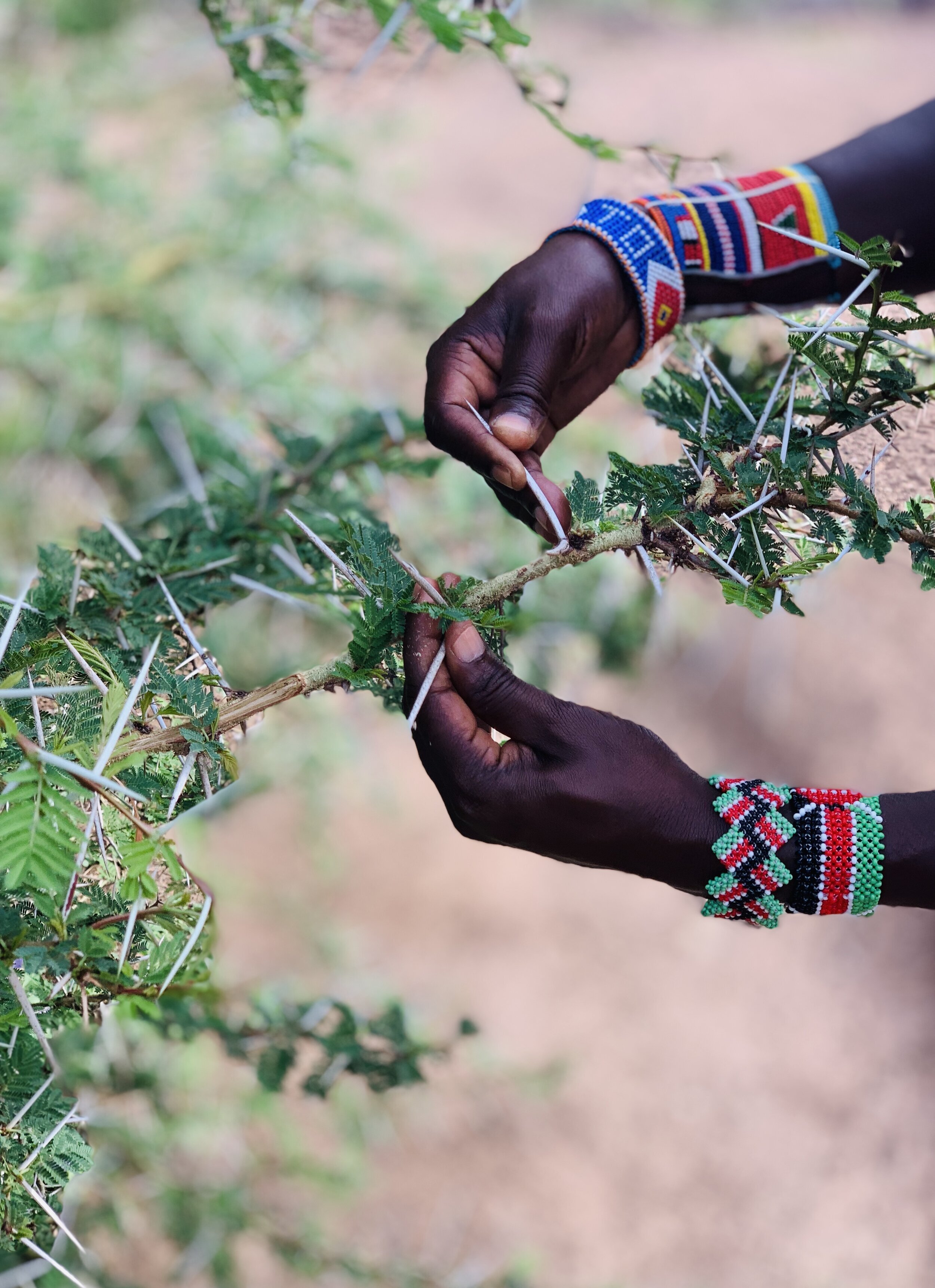Traveling to different parts of the world is one of those things that truly changes your life. Having lived in several locations (and having traveled to dozens of others) I’ve found the most important rule of travel photography is this: stay true to heart-centered ethics as you carry your camera into different cultures and locations!
Here’s what I mean by that.
Traveler or Tourist?
People aren’t statues and their homes aren’t landmarks. As both a guest and photographer, your default mode should always be one of respect and deference. It’s almost cliche to talk about the difference between a traveler and a tourist, but overall, travelers tend to immerse themselves in the local culture and try to keep a low profile.
Know the Local Lingo
It’s important to do some research on local customs and laws before packing your camera and getting on the plane. Learn a few words in the local language if you can, including “please,” “yes,” “no,” and “thank you.” In fact, write them down on a sheet of paper and keep it on you. Those phrases will certainly help if you ask for permission to take photos!
Ask Permission
And speaking of asking permission, it’s usually a good idea, especially for photos of people. Obviously, in public places like markets and cities, it’s not always as necessary as it would be if you were, for example, taking a photo of a child. Again, researching the local laws is very helpful here.
Keep The Equipment to a Minimum
If you’re traveling to an area that might require a lighter luggage situation, consider only bringing your absolute must-haves when it comes to cameras and equipment. Not only will a lighter bag be easier to carry and keep track of, but smaller cameras and bags help you to keep a low, respectful profile while a guest in their area. These days, phone photography can capture so much more and deliver a much higher quality than even just a few years ago. And it fits in your pocket! Want to take better photos with your phone? Check this out.
What Visual Story Are You Telling? And Why?
It’s easy to take a snapshot of a different culture and tell a certain story. And it’s important to practice empathy and ask yourself if you’re telling each of these stories with compassion. Every day there are images that come out of various countries that spin a specific narrative. However, there is rarely a single side to any story. Visual storytelling means that you’re double-checking your intentions for a photograph, that it’s not glamorizing, fetishizing, or otherwise presenting the subjects as less human. This also applies to selfies and pictures of yourself in these places.
Ethics in travel and humanitarian photography are extremely nuanced and difficult things to talk about or not exactly straight forward. Almost no two photographers will agree on what’s exactly the right thing to do in any given scenario, and almost everyone has been in a situation they wish they had handled differently.
The biggest rule of all is to embrace your journey and the people you meet with an open heart. Always keep learning—and always do better as you learn! Stay tuned for part two of this blog, coming next week.

